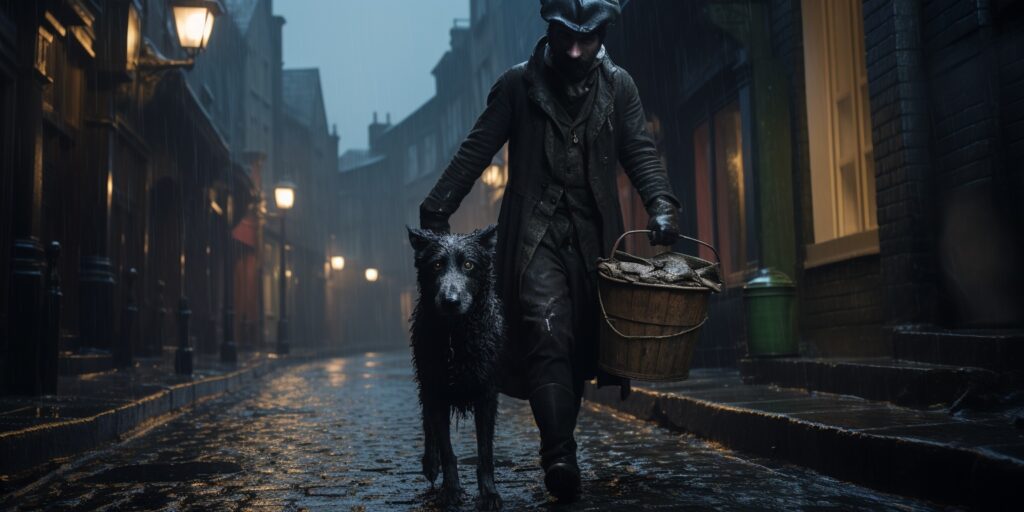
What was a Victorian Pure Finder? Believe it or not, Pure Finders made a living by collecting dog poo and selling it to the tanning industry.
Stories from history that illustrate our desire to get something for nothing is as old as humanity.

What was a Victorian Pure Finder? Believe it or not, Pure Finders made a living by collecting dog poo and selling it to the tanning industry.
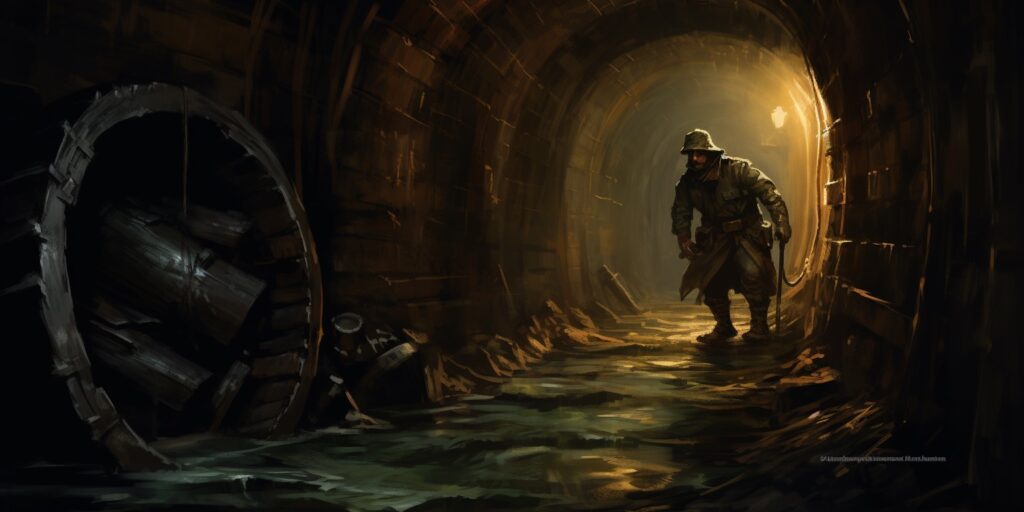
Hold your nose, put down your sandwich and meet an army of Sewer Hunters dredging the drains of Victorian-era London for treasure.
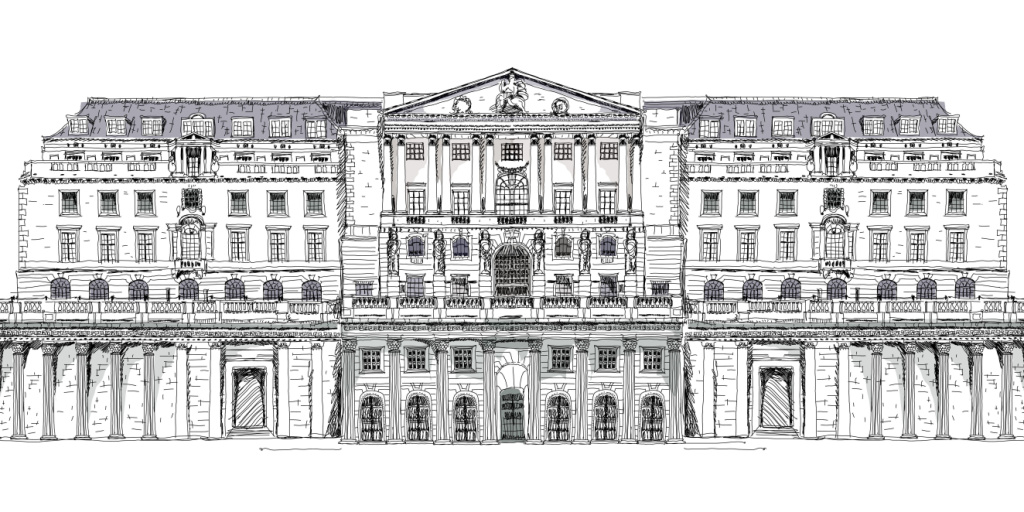
In 1836, the Bank of England’s Directors received a taunting letter claiming access to its vaults. The events that followed, worthy of a Netflix documentary, involved a mysterious trunk and a trail leading through the bowels of London to an illiterate sewer hunter who might be the unsung OG of white hat hacking.
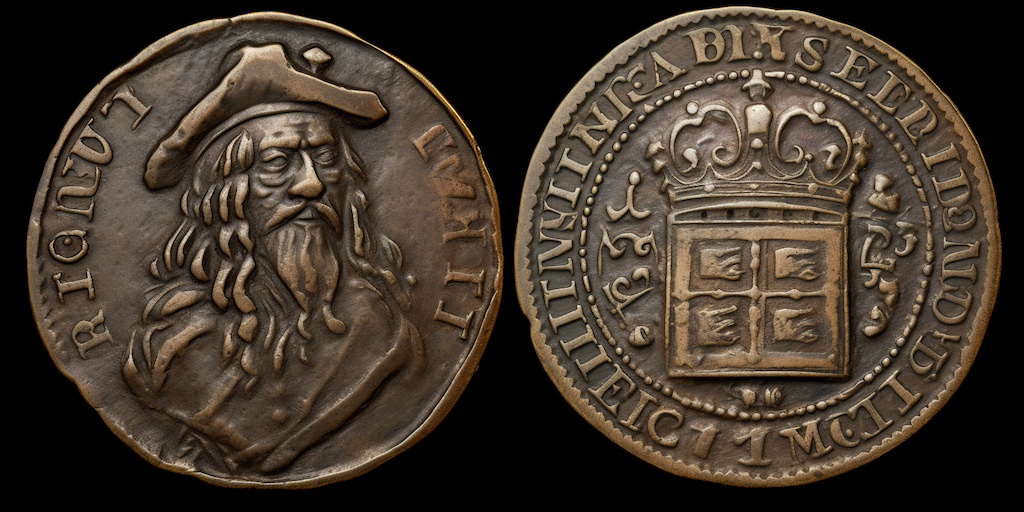
17th-century London had a thriving token economy with over 4,000 unique tokens circulating as a substitute for money, but it didn’t last. Most of them are buried in the muddy banks of the Thames, and their demise might give a clue as to the future of many of their 21st-century crypto token counterparts.
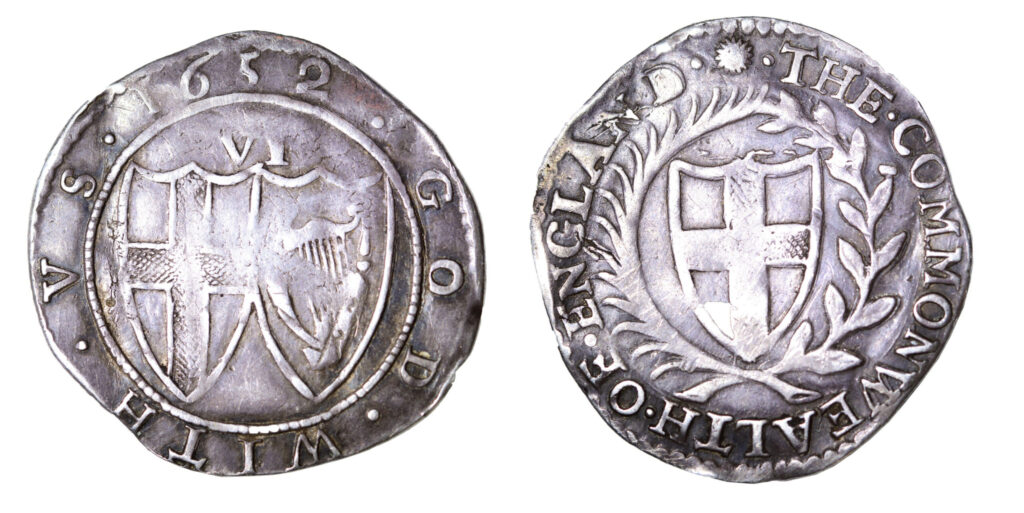
When coins were made of silver and gold, for some, the temptation to remove a slither was too great. Coin clipping was widespread despite carrying the death penalty.
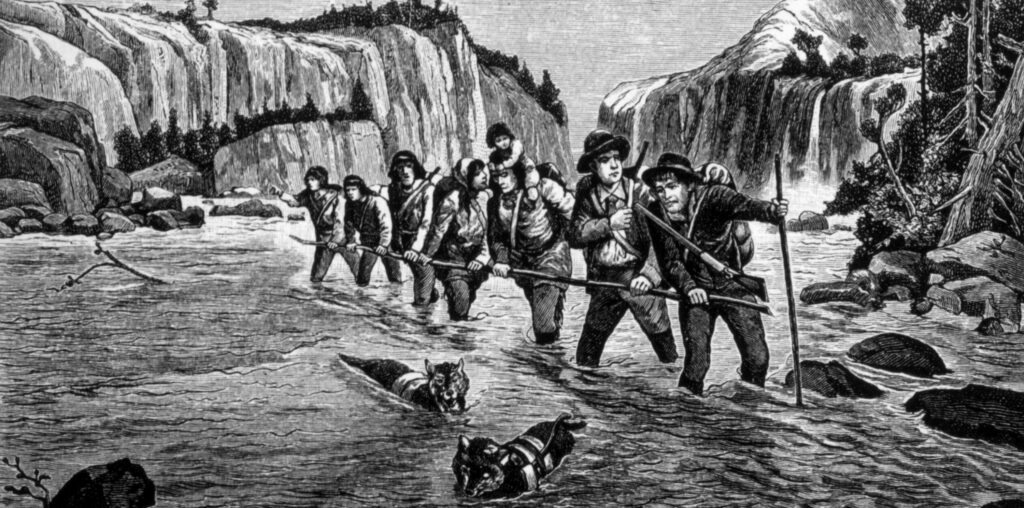
The Klondike is forever associated with the mania of the stampeders, but scratch beneath the surface and you discover a completely different dimension to the Klondike story, just as those who take time to understand Bitcoin’s origins, similarly discover a much richer narrative to that of a speculative magic internet-money.